Part Analysis
| General Data | |
| Manufacturer (OEM) | Super Flower |
| PCB Type | Double-Sided |
| Primary Side | |
| Transient Filter | 8x Y caps, 4x X caps, 2x CM chokes, 1x MOV |
| Inrush Protection | 1x NTC Thermistor SCH-256R8 (6.8 Ohm) & Relay |
| Bridge Rectifier(s) |
1x Shindengen U30K80R (800V, 30A @ 97°C)
|
| APFC MOSFETs |
8x Infineon FETs
|
| APFC Boost Diode |
4x Infineon IDL10G65C5 (650V, 10A @ 125°C)
|
| Bulk Cap(s) |
3x Nippon Chemi-Con (450V, 790uF each or 2,370uF, 2,000h @ 105°C, KHE)
|
| Main Switchers |
8x Infineon IPB60R105CFD7 (650V, 13A @ 105°C, Rds(on): 0.105Ohm)
|
| APFC Controller | |
| Resonant Controller | Super Flower JTC113 |
| Topology |
Primary side: Bridgeless PFC, Full-Bridge & LLC Resonant converter
Secondary side: Synchronous Rectification & DC-DC converters |
| Secondary Side | |
| +12V MOSFETs | 16x Infineon BSC014N04LS (40V, 145A @ 100°C, Rds(on): 1.4mOhm) |
| 5V & 3.3V | DC-DC Converters: 4x Infineon BSC0906NS (30V, 40A @ 100°C, Rds(on): 4.5mOhm) PWM Controller(s): 1x Anpec APW7159C |
| Filtering Capacitors | Electrolytic: 6x Nippon Chemi-con (@105°C, W) 1x Nippon Chemi-con (4-10,000h @105°C, KYA) 1x Nippon Chemi-con (4-10,000h @105°C, KY) 3x Nippon Chemi-con (1-2,000h @105°C, KMG) 1x Rubycon (6-10,000h @105°C, ZLH) 9x CapXon (2-5,000h @105°C, KF) Polymer: 38x Nippon Chemi-con, 4x CapXon |
| Supervisor IC | JTC113 & LM324ADG |
| Fan Model | ZIC ZFB142512D (140mm, 12V, 0.65A, Fluid Dynamic Bearing Fan) |
| 5VSB | |
| Rectifier |
1x PFC PFR20L60CT SBR (60V, 20A)
|
| Standby PWM Controller |
29604
|
The PCB is large and not so densely populated, allowing enough space between parts for good airflow. I have removed the three bulk caps to provide a better view of the internals. The APFC and primary switching FETs are installed on vertical boards to save space. The design is high-end, with a bridgeless PFC, a full-bridge, and an LLC resonant converter on the primary side. On the secondary side is a synchronous rectification scheme for the 12V rail and a pair of DC-DC converters for the minor rails.
The transient filtering stage has all the necessary parts to block incoming and outgoing EMI emissions. Typically, it starts at the AC receptacle and continues on the main PCB.
A MOV handles voltage surges. The NTC thermistor’s resistance is low for this unit’s bulk caps. Super Flower probably has another circuit in place to restrict inrush currents. Lastly, a bypass relay supports the NTC thermistor.
There is only one bridge rectifier, used by the 5VSB circuit, since the unit has a bridgeless APFC converter.
A bridgeless APFC converter is used to restrict energy losses on bridge rectifiers. This means that MOSFETs handle the AC rectification process. The APFC converter utilizes eight Infineon FETs and four boost diodes provided by the same manufacturer. The bulk caps are by Nippon Chemi-Con and offer a combined capacity of 2,370uF. They are rated for 2,000 h at 105 °C.
All APFC parts are installed onto two vertical boards, and I would probably destroy the PSU if I desoldered it. I am not in the business of destroying hardware unless it is absolutely necessary.
The APFC controller is an Onsemi NCP1654.
The eight Infineon IPB60R105CFD7 primary switching FETs are installed in a full-bridge topology, and an LLC resonant converter is used for higher efficiency.
The main parallel transformers handle an immense load while isolating the primary and secondary sides. The boards holding the 12V FETs are close to them to minimize energy losses.
16 Infineon BSC014N04LS FETs regulate the 12V rail. They are installed on PCBs next to the main transformers to minimize energy losses due to power transfers over PCB traces or cables. This is a smart way to increase efficiency, but you must ensure that the 12V FETs have adequate cooling.
Two DC-DC converters generate the minor rails. The common PWM controller is an Anpec APW7159C.
Rubycon, Chemi-con, and CapXon provide the electrolytic filtering capacitors. Chemi-Con and CapXon make the polymer caps.
You can find more information about capacitor performance and other specs below:
The supervisor controller is most likely the JTC113 assisted by an LM324ADG dual voltage comparator.
The standby PWM controller is a Super Flower 29604 IC.
Many small polymer and electrolytic caps at the face of the modular panel form a ripple-filtering layer.
The soldering quality is decent.
The cooling fan is a powerful ZIC ZFB142512D fan, using a fluid dynamic bearing.
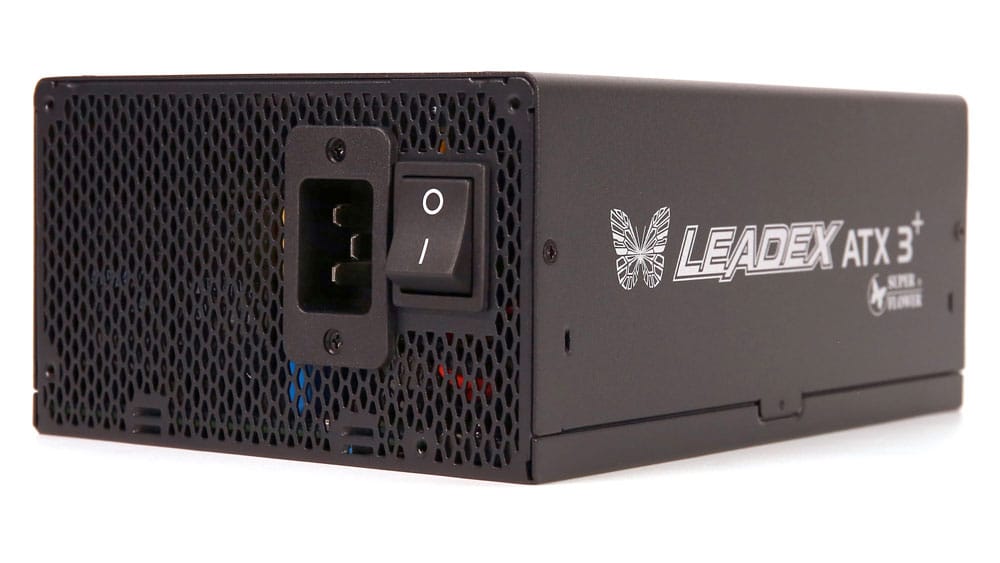
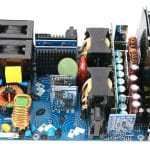
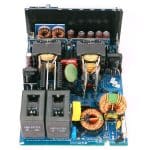
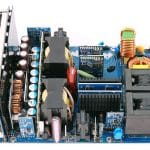
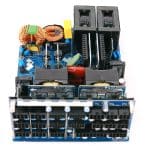
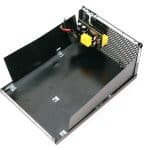
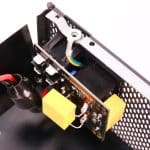

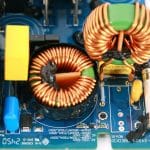
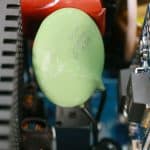
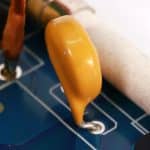
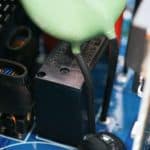
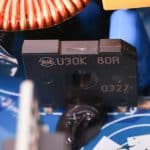
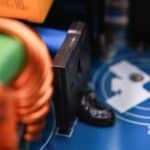


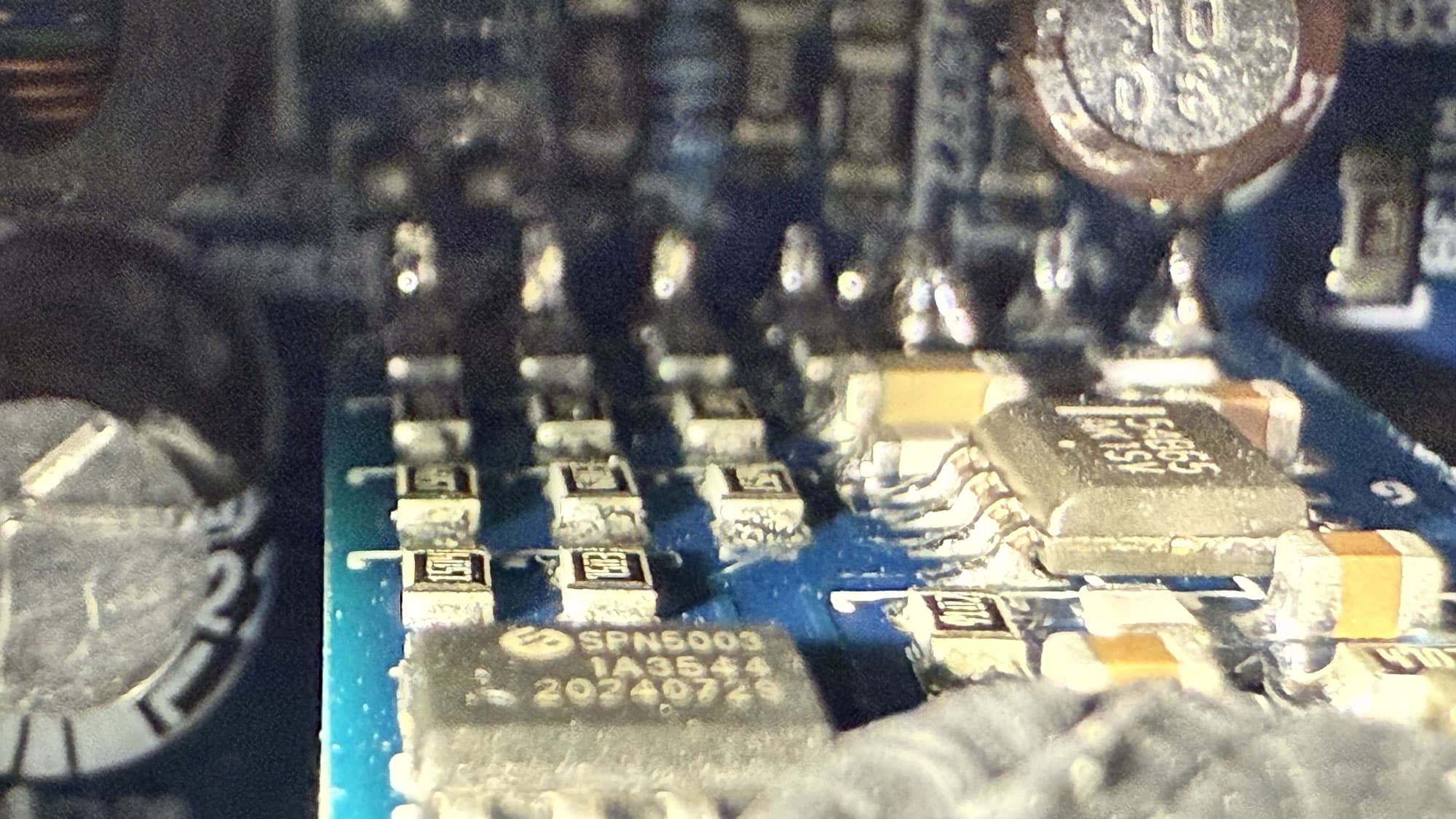




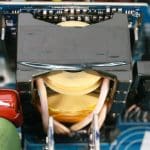
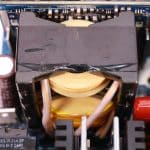
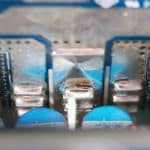
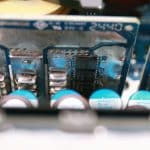
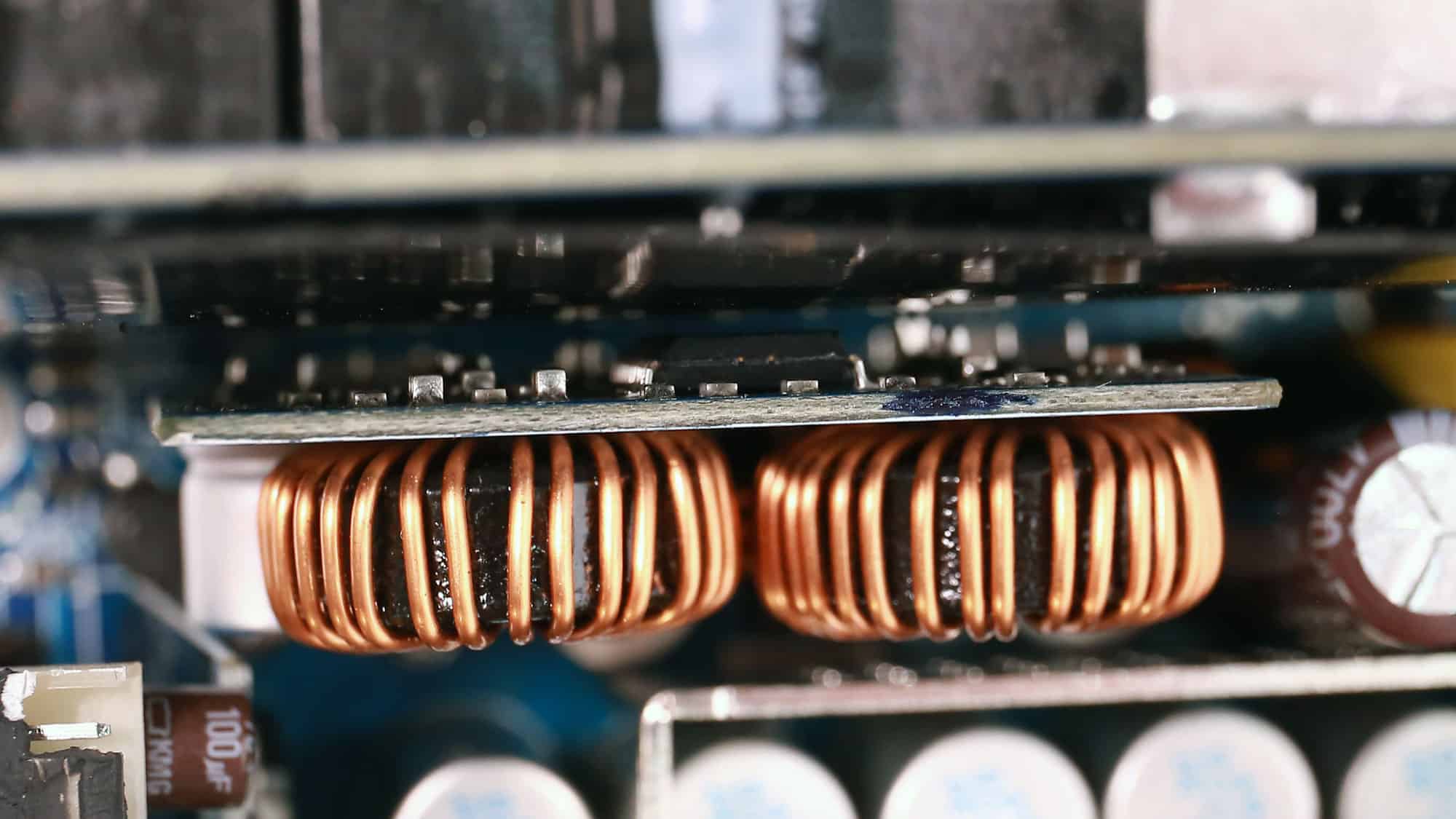
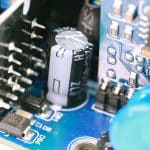
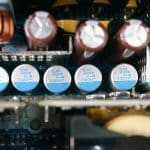
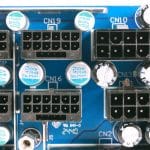
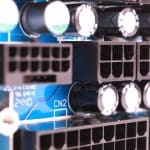

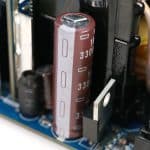
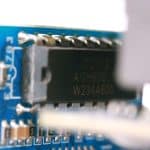
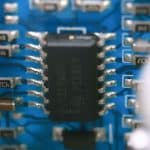
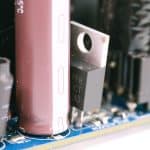
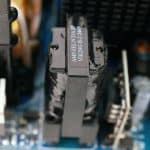
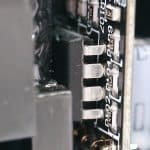
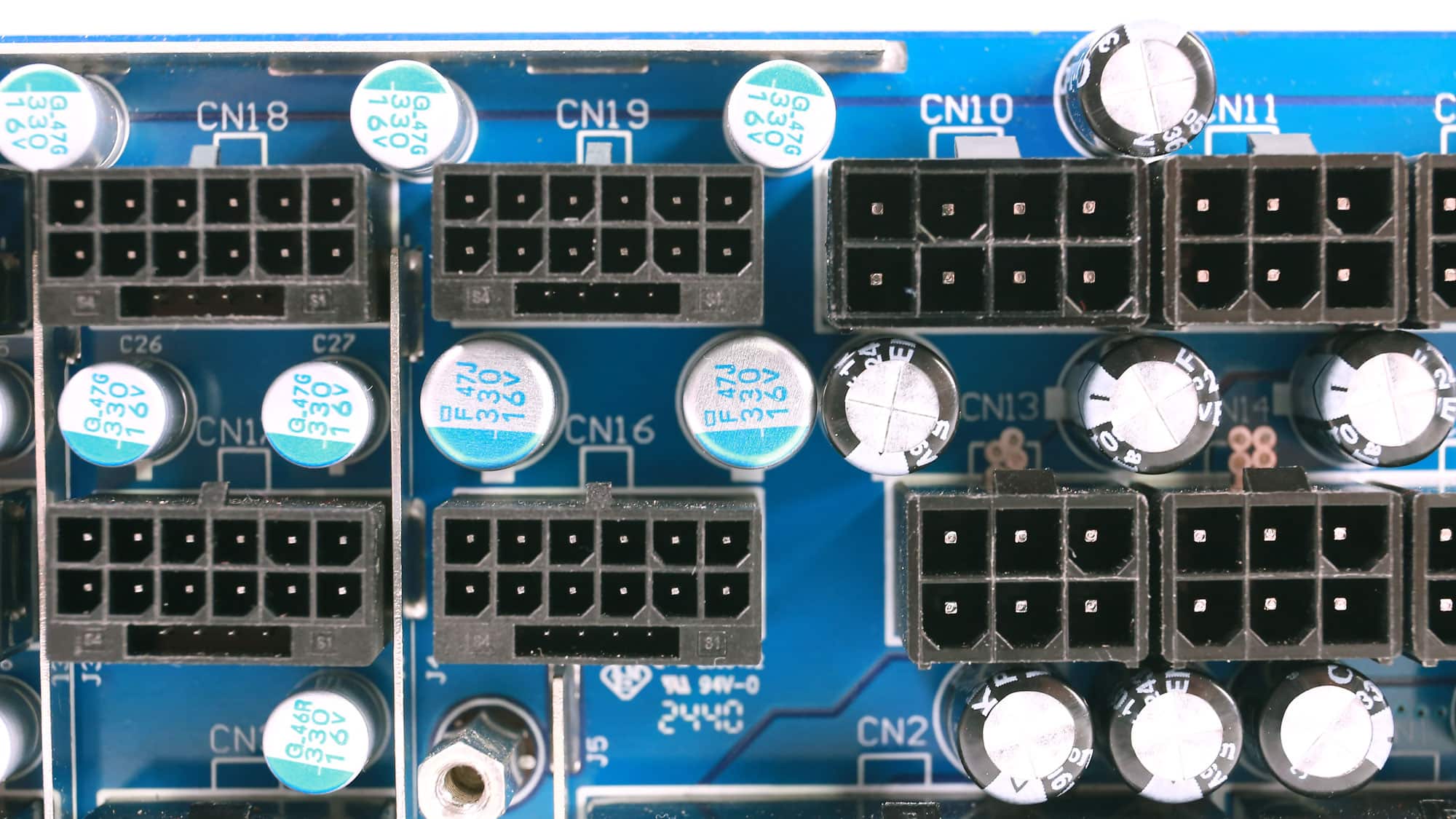
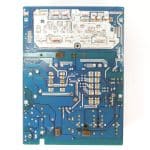
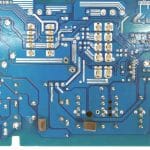
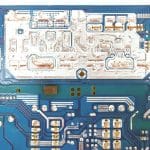

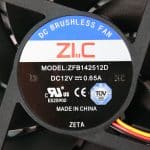
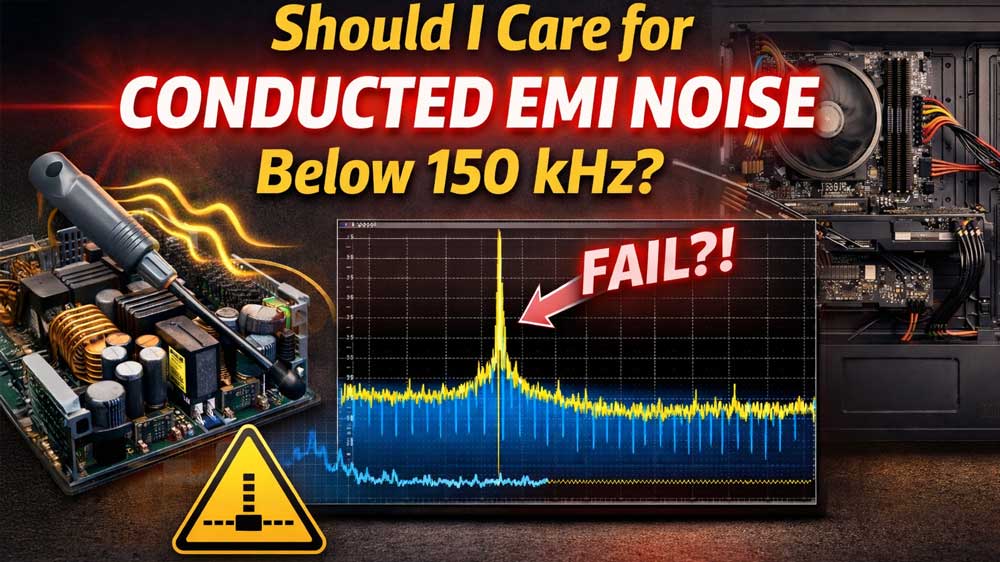
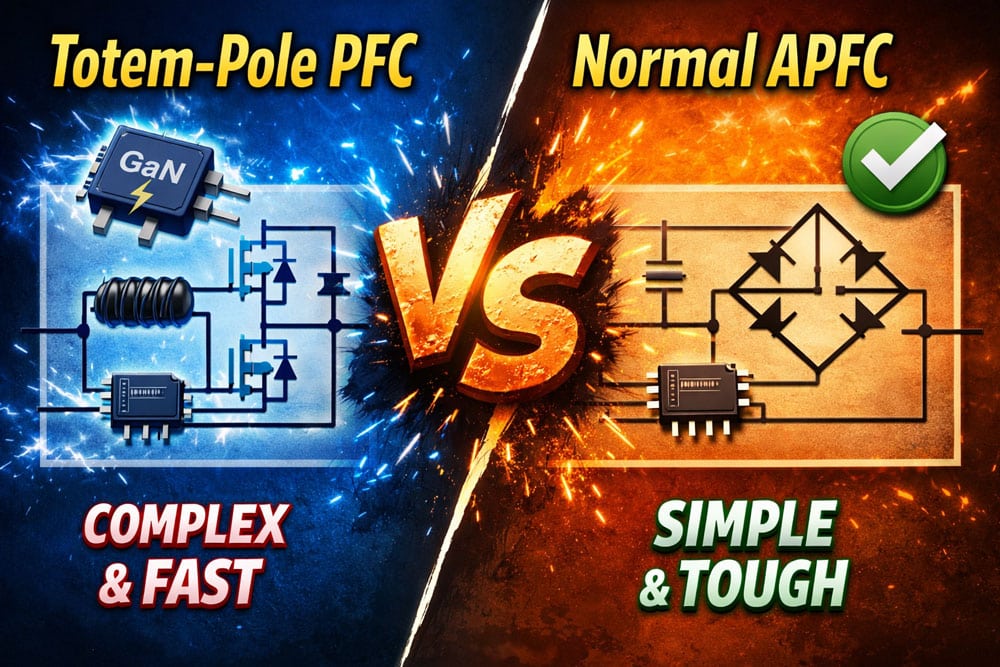
Hello Aris. Thanks for amazing job here and on Cybenetics.com.
I have a question. How many Watts this psu can handle in 115/127V?!
Realistically, not more than 1600-1650W
Hello,
is there a place where we can view the 20, 50% load transients for power supplies not covered here on Hwbusters?
cybenetics PSU performance database includes them in the overall performance algorithm that it uses to classify the PSUs
hello Aris wanna ask about legality of cybenetics logo, i’ve seen FSP VITA GM product certified data was Platinum but in boxes it just showing Gold efficiency, it’s still allowed by laws to put Gold effficiency logo on Platinum product ?
Hi! “Downgrades” are permitted, but no upgrades!